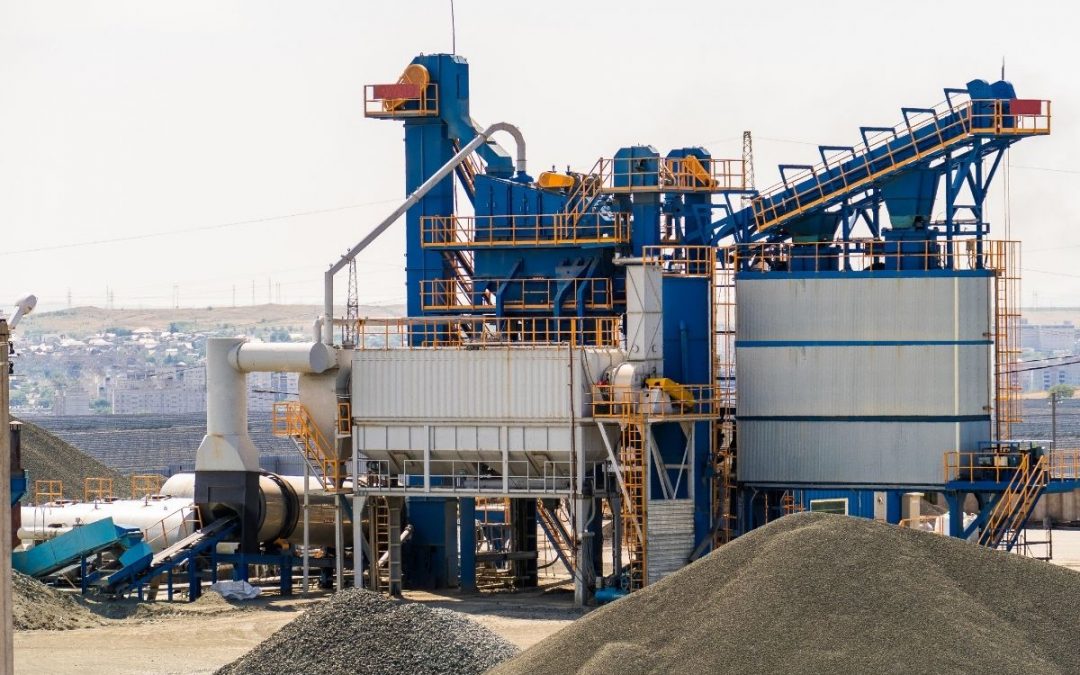Published May 5th, 2021
Using concrete in construction typically involves an extensive amount of labor. From mixing to pouring the concrete onto slabs, many workers have to work together to ensure the process goes well. But for big-ticket projects, this can be impractical. This is why most construction companies use various types of concrete equipment.
Aside from potentially reducing labor costs, concrete equipment also lessens the risk of human error while allowing companies to finish projects much faster.
Here are some of the most common concrete equipment used in construction:
1. Concrete Batching Plant
Also known as concrete plant, this equipment mixes various materials to form concrete. These materials include sand, aggregate, slag, cement, fly ash, and water among others.
Concrete batching plants come in various types:
- dry mix concrete plant
- wet mix concrete plant
- mobile concrete plant
- stationery concrete plant
Temporary site projects and projects that don’t require much concrete typically use mobile plants. But projects like ports, bridges, tunnels, dams, and large buildings use stationary ones.
2. Concrete Pump
A concrete pump is used to transport liquid concrete from the production to the casting area. It works by having one piston draw the concrete from the source and another pushes it into the discharge pipe.
There are two types of concrete pump: line and boom. Line concrete pumps are typically used in small construction projects. It uses a line pump attached to the back of a truck, hence the name. While big construction projects use boom concrete pumps as it can pump in different heights and lengths. This makes it ideal for constructing multi-level buildings and bridges.
3. Concrete Mixer
As the name suggests, this equipment mixes cement, aggregates and water to create concrete. It may have the same function as a batching plant but a concrete mixer is usually a single machine. Batching plants, on the other hand, belongs to a whole production line.
Depending on the type, a concrete mixer can produce concrete by batch or continuously. Batch concrete mixers are ideal for small projects where concrete is not on constant demand. While continuous mixers are typically used in big projects like roads, bridges, dams, etc

4. Concrete Vibrator
It’s unavoidable for small bubbles to form when concrete is poured. But when left to dry, these bubbles create holes within the concrete and affect its integrity. This is why concrete vibrators are important.
By shaking the newly poured concrete, a vibrator forces the air bubbles out. This creates a more compact and stable slab.
Most construction projects use internal vibrators as they are usually cheaper and offer more flexibility. But for vertical constructions like walls, an external vibrator is more suitable.
5. Concrete Paver
Also known as a paver or a paving machine, a concrete paver is used to lay asphalt concrete on roads, parking lots, bridges, and other such places. It makes paving much easier and faster as concrete can be poured continuously from a moving vehicle. It also ensures uniform thickness as the pouring and leveling is done simultaneously.
6. Concrete Tank
Concrete tanks are not just for storing water. In some construction sites, concrete tanks are built to store, well, concrete. They’re usually installed on a higher ground and have pipes at the bottom for the concrete to pass through to the site.
7. Concrete Crusher
Unlike most types of concreting equipment on this list, a concrete crusher isn’t typically used for construction work but for demolition.
When buildings are demolished, it usually leaves behind lots of waste concrete. Since they contain high-quality aggregates, throwing them away is a waste of resources. Besides, they take up lots of space and may cause pollution. To avoid this, some construction companies use concrete crushers to recycle waste concrete.
8. Concrete Conveyor
As the name suggests, a concrete conveyor is a type of conveyor belt that carries concrete horizontally or vertically (in limited distances). This type of conveyor is usually cheaper and may reduce the need for cranes and other such equipment.
Concrete conveyors are ideal for large projects like dams and power plants because of their placing capacity. They also allow companies to save on labor cost as it only requires few people to operate.
Interested In Cutting Technologies?
For nearly 40 years Cutting Technologies (CTI) has been the go-to demolition contractor for technically demanding, one-off jobs. Our wealth of experience enables CTI to bring “outside-of-the-block” approaches to achieve the impossible. Contractors trust CTI to get the job done right. Take a look at our demolition services on our website.

About The Author
As an avid traveler, Judy Ponio loves to write blogs about traveling and how to save money when making international calls.

